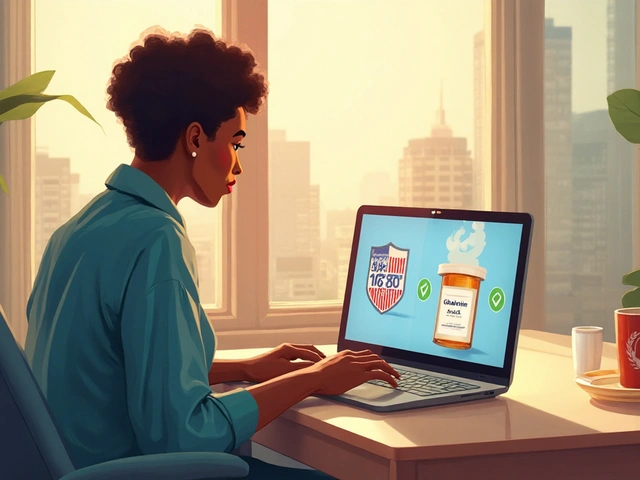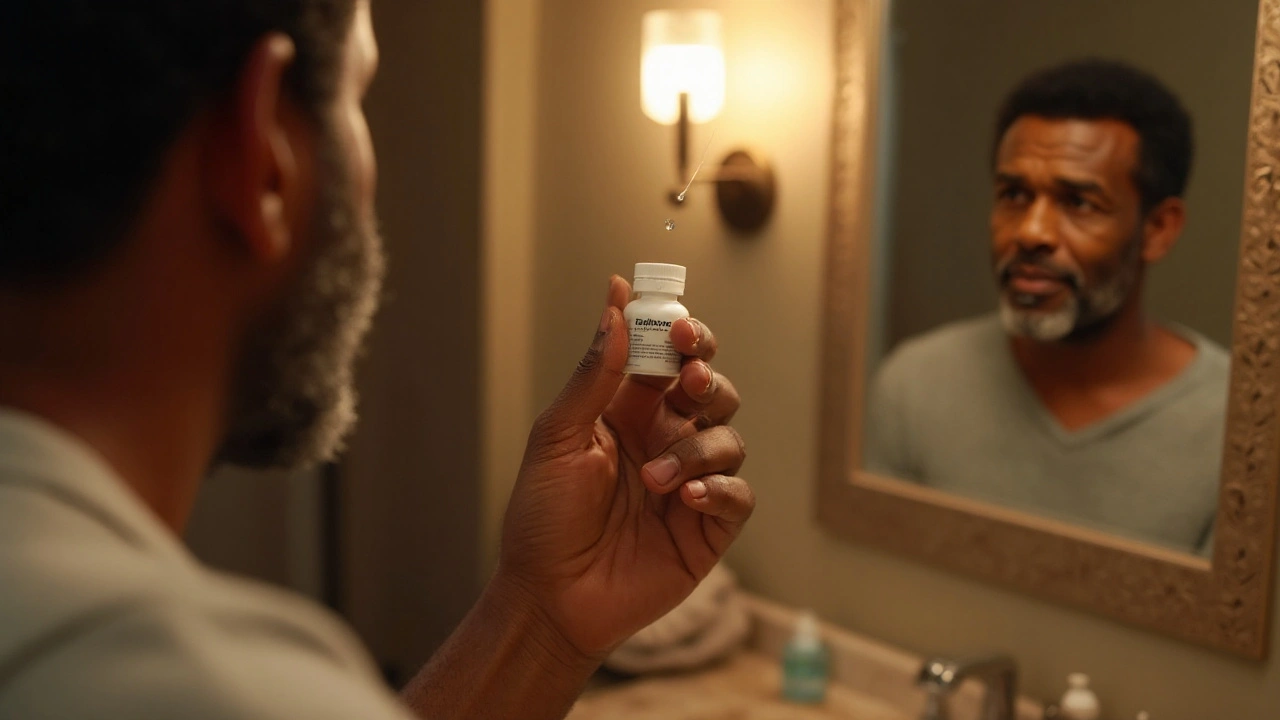Xalatan Dosage: Simple Steps to Use Latanoprost Eye Drops
If you’ve been told to use Xalatan for glaucoma, you probably have a lot of questions. How many drops do you need? When should you take them? This guide breaks down the basics so you can feel confident about your treatment.
How to Use Xalatan Correctly
First, know the standard dose: most doctors prescribe one drop in the affected eye(s) once a day, usually in the evening. The evening timing helps the medicine work while you sleep and reduces the chance of blurry vision during the day.
Here’s a quick routine you can follow:
- Wash your hands thoroughly.
- Shake the bottle gently – this mixes the solution.
- Tilt your head back slightly and pull down the lower eyelid to create a small pocket.
- Hold the bottle upside down, press it lightly, and let one drop fall into the pocket.
- Close your eye gently for about a minute. Press the inner corner of your eye (near the nose) to stop the drop from draining into your tear duct.
- Don’t rub your eye. If you wear contact lenses, remove them before using Xalatan and wait at least 15 minutes before putting them back in.
Stick to the same time every day. If you miss a dose, just take it as soon as you remember—unless it’s almost time for your next dose. In that case, skip the missed one and continue with your regular schedule. Never double up.
Things to Watch Out For
\n
Most people tolerate Xalatan well, but a few side effects can pop up. The most common is a slight change in eye color—your iris may become a bit darker over months of use. This is harmless, but let your doctor know if it worries you.
Other possible reactions include eye irritation, a gritty feeling, or mild itching. If these symptoms are persistent or severe, rinse the eye with clean water and call your eye care provider.
Rarely, people experience increased eye pressure after starting the drops. That’s why regular check‑ups are crucial. Your doctor will measure your intraocular pressure (IOP) a few weeks after you begin treatment and then at regular intervals.
Avoid using Xalatan if you’re allergic to latanoprost or any ingredient in the bottle. Also, tell your doctor about any other eye medications you use—some drops can interact and affect how well Xalatan works.
When traveling, keep the bottle in its original packaging to protect it from light and temperature extremes. If the dropper tip looks damaged or the solution looks cloudy, discard it and get a new prescription.
Remember, Xalatan is a long‑term therapy. Stopping it abruptly can cause a rise in eye pressure, which may damage the optic nerve. Always discuss any changes with your eye doctor before making adjustments.
By following these simple steps—using the right amount, timing it correctly, and monitoring for side effects—you give yourself the best chance to keep your eye pressure under control and protect your vision.





